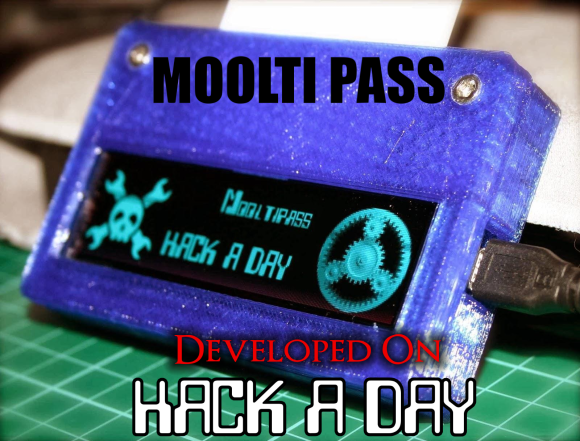The Hackaday community is currently very busy coding the low-level libraries of our open-source offline password keeper project. And when many talented contributors work together on a common concept, interesting discussions take place. In our dedicated Google Groups, some of them were about the choice of naming/coding conventions and also how/when to approve GitHub pull requests. But don’t leave already… this topic is actually more interesting than it sounds.
The age difference between the older and younger firmware contributor is guessed to be approximately 30 years… and many things can happen in such a time frame. Even though our coders are writing in C, most of them code in other programming languages at school/work. They also use different text editors on different operating systems. Understandably, each one of them therefore has its preferred coding / naming convention and indent style. The Mooltipass conventions were selected based on majority voting, and after many emails we settled on an Allman style convention with camelCase:
main(void){if (foo){functionCall();}else{foo = 0;anotherFunctionCall();}}– 79 characters line length as a soft requirement– 4 spaces, no tabs
Most of the contributors believe that it is the best compromise between code clarity and cross-platform compatibility, but we would be curious to know our Hackaday readers’ opinions on this particular topic.
The second matter is a bit more of a management one. What is the best strategy to manage and review code changes made to a main GitHub repository, when a project is at its infancy and composed of (more or less) non-remunerated contributors?
It is perfectly understandable that interest, spare time and willingness to contribute may vary over time. Perhaps some of our readers may already be familiar with Agile software development, a group of software development methods based on iterative and incremental development, which promotes adaptive planning, evolutionary development and encourages rapid and flexible response to change. Do you think this can be applied to the Mooltipass project?
We would be curious to hear similar experiences on these topics, as we gladly accept constructive criticism. You may also want to join our dedicated Google group to check out the different discussions that already happened there. On a side note, we are also currently looking for capacitive wheel / touch button footprints libraries for Kicad.











